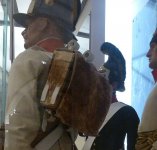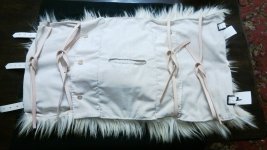When I watch the movie "The Last of the Mohicans" (1992), I'm always interested in one question.
There is a scene, during the first act of the movie, where the Hurons ambush the company of the 60th Regiment, and in that scene the british soldiers carry backpacks that are trimmed with white fur. It looks very stylish and cool. However, I did not see anywhere else the images of soldiers who wore white-fur-bearing backpacks. Does anyone know what fur was used for on that backpacks? And did the British soldiers really wear such backpacks with fur during the French-Indian war, or any other war, that involved The British Empire?
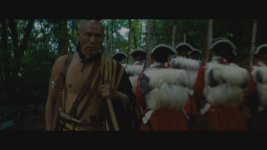
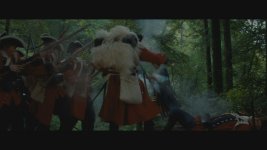
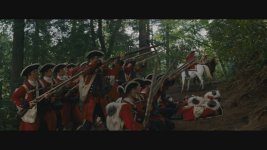
There is a scene, during the first act of the movie, where the Hurons ambush the company of the 60th Regiment, and in that scene the british soldiers carry backpacks that are trimmed with white fur. It looks very stylish and cool. However, I did not see anywhere else the images of soldiers who wore white-fur-bearing backpacks. Does anyone know what fur was used for on that backpacks? And did the British soldiers really wear such backpacks with fur during the French-Indian war, or any other war, that involved The British Empire?





